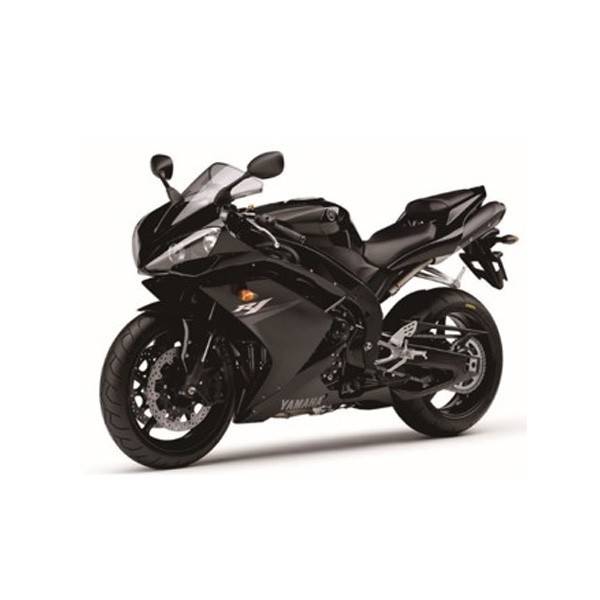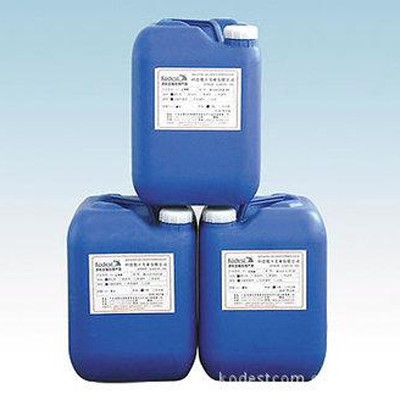The field is required.
KODEST-Electrophoretic phosphating treatment
2025-04-27
KODEST-Electrophoretic phosphating treatment applies an electrodeposition phosphating treatment which provides a superior metal surface conversion coating, especially for steel and iron. More than mere rust prevention, this cycle provides higher corrosion resistance, better paintability, and great wear properties. This is not an article for the layman though, and a proper understanding of this technology is essential for manufacturers to develop increased durability and longevity within their products. Enhanced Corrosion Resistance
A fully uniform coating over a well-defined process space that can even infiltrate complicated geometries is achievable via electrophoretic deposition. Consequently, this provides markedly superior corrosion resistance than conventional techniques.
Certain coatings have flaked/chipped, but the KODEST process actually forms a tightly bonded, durable phosphate, thus providing some of the best long-termust and durable protection, even in severe environments.
Improved Paintability
Phosphate coating is perfect surface for the next paint adhesion. The porous structure of the gypsum plaster enables mechanical interlocking with the paint layer, thereby ensuring a better bonding of the paint layer and making it more durable and less susceptible to chipping and peeling.
Better paint adhesion means a more beautiful and durable finished product which adds quality and value.
Enhanced Wear Resistance
Apart from corrosion protection, the KODEST electrophoretic phosphating treatment playing part to the improved wear resistance. The hard, crystalline layer of phosphate provides some degree of resistance to abrasion, making it an ideal coating for friction or mechanically stressed components.
This means treated parts lasts longer and maintenance costs reduced, enhancing the performance of a product.
A fully uniform coating over a well-defined process space that can even infiltrate complicated geometries is achievable via electrophoretic deposition. Consequently, this provides markedly superior corrosion resistance than conventional techniques.
Certain coatings have flaked/chipped, but the KODEST process actually forms a tightly bonded, durable phosphate, thus providing some of the best long-termust and durable protection, even in severe environments.
Improved Paintability
Phosphate coating is perfect surface for the next paint adhesion. The porous structure of the gypsum plaster enables mechanical interlocking with the paint layer, thereby ensuring a better bonding of the paint layer and making it more durable and less susceptible to chipping and peeling.
Better paint adhesion means a more beautiful and durable finished product which adds quality and value.
Enhanced Wear Resistance
Apart from corrosion protection, the KODEST electrophoretic phosphating treatment playing part to the improved wear resistance. The hard, crystalline layer of phosphate provides some degree of resistance to abrasion, making it an ideal coating for friction or mechanically stressed components.
This means treated parts lasts longer and maintenance costs reduced, enhancing the performance of a product.
SUBSCRIBE
CONTACT US
IF YOU REQUIRE THE MOST SUITABLE PRODUCTS, FEEL FREE TO CONTACT US.
If you have any questions about our products or services, feel free to reach out to customer service team.
INQUIRY



